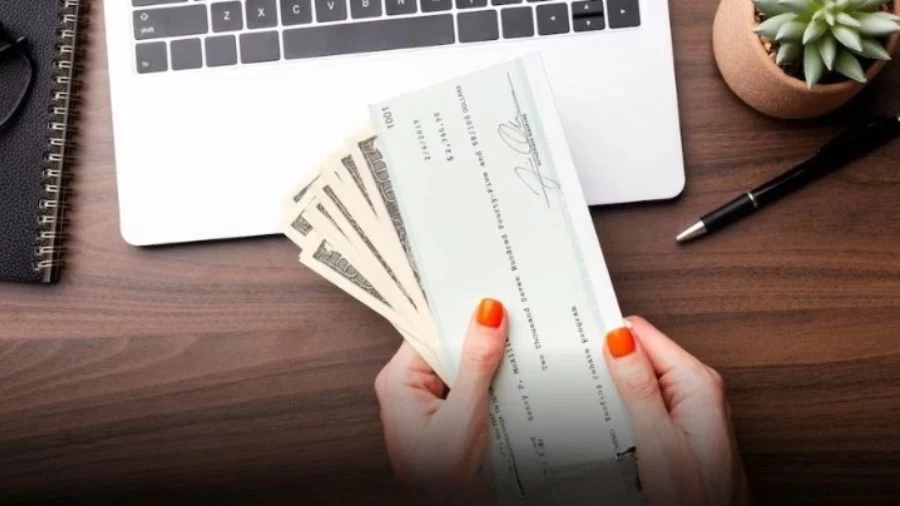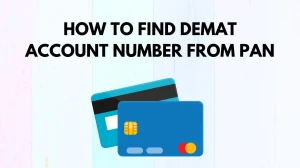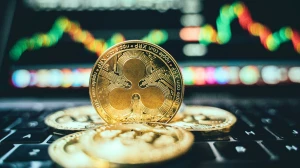
What is Money Order? How to Fill Out Money Order?
A money order is a secure, paper document issued by a bank or post office, allowing people to make payments or send funds to others, especially useful for those without bank accounts.
by Kowsalya
Updated Dec 16, 2023
On This Page
What is Money Order?
A money order is a secure form of paper payment that serves as an alternative to traditional checks. Unlike checks, money orders cannot bounce, providing a guaranteed method of payment. Purchased with cash or other guaranteed forms like traveler's checks or debit cards, money orders require specific details, including the payee's name and issuing institution.
They offer a safe option for transactions, especially when privacy and security are paramount. Money orders are available at various locations, such as the United States Postal Service, retail banks, pharmacies, grocery stores, and check-cashing establishments, making them a practical choice for those without a checking account or in situations that demand a secure and guaranteed payment method.
How to Get Money Order?
To obtain a money order, visit an issuing institution such as a bank, post office, or retail store, providing the recipient's details and necessary funds. Here are the steps to Get Money Order:
Identify Issuers
Money orders can be purchased from various issuers, including banks, credit unions, post offices, and retail stores like grocery stores, big-box stores, and convenience stores. To get a money order, you can choose from various sources, including:
United States Postal Service (USPS)
The USPS is a widely accessible option for purchasing money orders.
Retail Banks
Banks such as Wells Fargo offer money order services, allowing you to buy them during regular banking hours.
Retailers
Many pharmacies, grocery stores, big-box retailers, and convenience stores provide money order services for your convenience.
Check-Cashing and Payday Loan Stores
These establishments often offer money order services, but be aware that they may charge additional fees.
Visit an Issuing Location
Go to a local branch of the institution that issues money orders. Alternatively, you can visit designated locations like post offices, retail stores, or check-cashing services.
Bring Necessary Funds
Ensure you have enough funds to cover the face value of the money order along with any associated fees. Money orders are typically purchased with cash, but some issuers may accept debit cards or other guaranteed forms of payment.
Provide Recipient Information
Fill out the required information on the money order form. This includes the payee's (recipient's) name, your name and address, and the amount you want to send. Be sure to double-check the details to avoid errors.
Pay the Issuer
Submit the required funds to the issuer. The total amount usually consists of the face value of the money order plus any fees charged by the issuing institution.
Receive the Money Order
Once you've paid, you'll receive the money order along with a receipt. The receipt includes essential information like the serial number of the money order, which you should keep for tracking purposes.
Send or Deliver the Money Order
You can then send the money order to the intended recipient by mail or deliver it in person.
How to Fill Out a Money Order?
Filling out a money order is a straightforward process. Simply provide the recipient's name, your information, payment details, and a signature, ensuring accuracy for a secure and traceable transaction. Learn the essential steps of filling out a money order accurately and securely with these concise guidelines, ensuring smooth financial transactions every time.
- Write the name of the person or business receiving the money in the "Pay to the Order of" or similar field.
- Fill in your full name and address in the purchaser or remitter fields. This ensures the money order is traceable back to you.
- Indicate the date of purchase on the money order. This is typically found near the top.
- In the designated field, specify the exact amount you are paying. Make sure it matches the cash or card payment you provide.
- Some money orders have a memo line. If necessary, use this space to provide additional information about the purpose of the payment.
- Sign the front of the money order where required. This step is crucial for validation.
- Upon purchase, retain the receipt. It includes essential details like the money order's serial number, aiding in tracking or replacement if needed.
Whether you're a seasoned investor or just starting, MarketsHost remains your ultimate destination for comprehensive information, profound insights, and expert guidance within the realm of Finance.
Money Order Limit
In the world of financial transactions, money orders serve as a secure alternative to cash and personal checks. One crucial aspect to consider is the money order limit, which dictates the maximum amount you can transfer using this method. Typically, most money orders have a cap, often set at around $1,000.
This means that if you need to transfer an amount exceeding this limit, you would have to purchase multiple money orders, each within the specified limit. It's essential to be aware of these limits when considering money orders for larger transactions, ensuring that your financial needs align with the constraints of this convenient and reliable payment method.
How to Track a Money Order?
Tracking a money order is crucial if it's lost or stolen, ensuring the safety of your guaranteed payment. Follow these simple steps provided by major issuers like USPS, Western Union, and MoneyGram to efficiently trace and, if necessary, replace your money order:
Gather Information
Collect the necessary details from your money order receipt, including the serial number, post office number, and dollar amount.
USPS (United States Postal Service)
- Visit the USPS website.
- Enter the required information (serial number, post office number, dollar amount) to check the status.
- If needed, submit PS Form 6401 for a copy of a cashed money order.
Western Union
- If you have the receipt, use the request form on the back to initiate tracking.
- Mail the completed form and a $15 processing fee to the provided address.
- If you don't have the receipt, complete the Money Order Research Request form with a $30 processing fee.
- If cashed, receive a photocopy of the cashed money order.
MoneyGram
- Visit the MoneyGram website or call 1-800-542-3590.
- Provide the money order amount and serial number to track or request a replacement.
- For online requests, pay an $18 processing fee; processing takes seven business days or more.
- If cashed, obtain a photocopy at a participating MoneyGram retail location for an $18 fee.
Replacement Options
- USPS charges $6.25 for a replacement of a domestic money order and $9 for international ones.
- Western Union and MoneyGram offer replacement options for lost or stolen money orders.
What Are the Pros and Cons of Money Orders?
Pros of Money Orders
- Secure option for transactions, reducing the risk of theft.
- No personal info on money orders, enhancing security.
- Convenient for international transactions, issued in one country, cashed in another.
- Reliable form of payment for various transactions.
Cons of Money Orders
- Can be difficult to trace, involving extra fees and paperwork.
- Buying and cashing may incur additional costs.
- Funds availability can be delayed based on where it's cashed.
- While uncommon, be cautious of potential fraudulent money orders.
What is Money Order - FAQs
1. What is a money order?
A money order is a secure and convenient alternative to cash or checks, issued by government agencies, banks, or credit unions.
2. Where can I get a money order?
Money orders are available at USPS offices, retail banks, retailers, and check-cashing stores, offering various convenient locations for purchase.
3. How do I fill out a money order?
To fill out a money order, provide the recipient's name and address, date of purchase, payment amount, your name and address, specify the payment purpose, and sign the document.
4. How can I track a money order?
You can track a money order through the issuer's website or customer service by providing details like the serial number, post office number, or money order amount.
5. What are the pros and cons of money orders?
Pros include security and accessibility, while cons involve fees, tracking challenges, and susceptibility to fraud, making it essential to use them cautiously.




